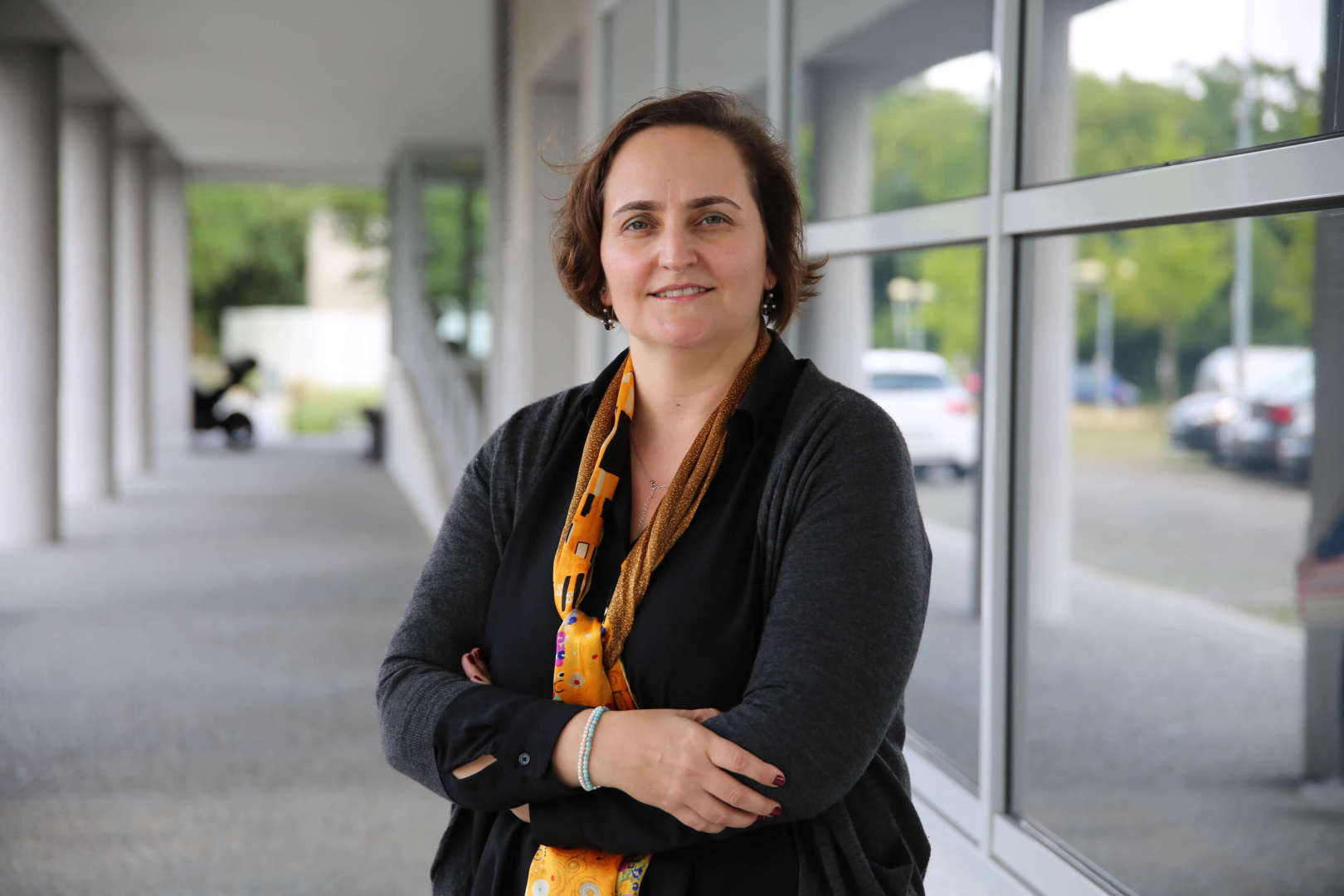About
Ana F. Sequeira holds a PhD in Electrical and Computing Engineering obtained from the Engineering Faculty of University of Porto, Portugal in 2015. Ana also holds a Master degree in Mathematical Engineering and a 5-years degree in Mathematics, both obtained from the Mathematics Department of the Science Faculty of the University Of Porto, Portugal.
Ana collaborated as a researcher at INESC TEC, a R&D institute affiliated to the University of Porto, within the Visual Computing and Machine Intelligence Group (VCMI) during her PhD studies.
Ana’s PhD studies, in the fields of computer vision and machine learning, focused on liveness detection techniques for iris and fingerprint. This research equipped Ana with a deep knowledge and diversified skills regarding the complete image processing and classification pipeline: from the pre-processing methods to the classification/decision step passing through the application of feature extraction techniques.
The post-doctoral research was pursued at the University of Reading, UK, collaborating in EU projects related to the application of biometric recognition in Border Control (FASTPASS and PROTECT projects).
This activity was followed by a short term collaboration with the company Iris Guard UK in order to research on the vulnerabilities of EyePay® technology’s to spoofing and to develop a proof-of-concept of an anti-spoofing measure.
Currently, Ana is back at INESC TEC as a Research Assistant.
During Ana’s activity as PhD and PDRA, she authored and co-authored several research publications in major international conferences and journals which attracted, to the date, over 150 citations.
Throughout her research activity, Ana developed expertise not only in computer vision/image processing topics but as well in the application of diversified machine learning techniques, from classic to deep learning methodologies.


